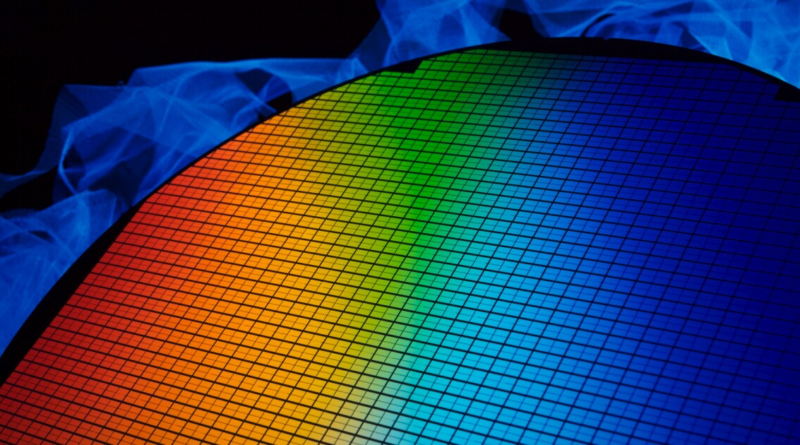"Superatomic" material beats silicon for fastest semiconductor ever – New Atlas
Scientists have found that a “superatomic” material is the fastest and most efficient semiconductor ever. Taking advantage of a tortoise-and-hare mechanism, the new material can transport energy much faster than silicon.
Semiconductors are the beating heart of electronic devices, and silicon reigns supreme. These materials form the basis of transistors and integrated circuits, which themselves lay the foundation for smartphones to supercomputers and everything in between.
Now, scientists at Columbia University have found a new semiconductor material that seems to outperform all the rest. Known as Re6Se8Cl2, the material is made up of a mix of rhenium, selenium and chlorine, the atoms of which cluster together and behave like one big atom – a “superatom.” And this is where it gets its speed.
In any material, the atomic structure gives off tiny vibrations that travel as quantum particles called phonons, which can scatter energy-carrying particles like electrons or excitons. This energy is quickly lost as heat, and managing it is a constant hurdle in designing electronic chips and systems.
But Re6Se8Cl2 has a neat little trick up its sleeve. Its excitons don’t scatter when they’re hit by phonons but actually bind to them, creating another form of quasiparticle called acoustic exciton-polarons. These can still carry energy, but travel much more slowly than regular excitons – and counterintuitively, this ultimately leads to faster speeds than in silicon.
The team compares it to the old story of the tortoise and the hare. Electrons can travel very quickly through silicon, but they tend to bounce all over the place, which isn’t the most efficient travel path. The polarons in Re6Se8Cl2, on the other hand, are slower and aren’t affected by other phonons, so they move farther and more consistently over time.
In effect, the team found that the polarons in Re6Se8Cl2 moved about twice as fast as electrons in silicon. Taking into account that they can be controlled by light instead of electricity, the team estimates that theoretical electronic devices made using the material could end up six orders of magnitude faster than existing ones.
“In terms of energy transport, Re6Se8Cl2 is the best semiconductor that we know of, at least so far,” said Milan Delor, an author of the study.
Unfortunately, don’t expect blistering-fast processors using the material in your computer any time soon – the team says it’s unlikely this particular concoction will ever make it to market. Rhenium is just too rare and expensive for consumer goods. But having proved the concept, the researchers believe similar, hopefully cheaper materials might exhibit the same behavior.
“We can now start to predict what other materials might be capable of this behavior that we just haven’t considered before,” said Delor. “There is a whole family of superatomic and other 2D semiconductor materials out there with properties favorable for acoustic polaron formation.”
The research was published in the journal Science.
Source: Columbia University

